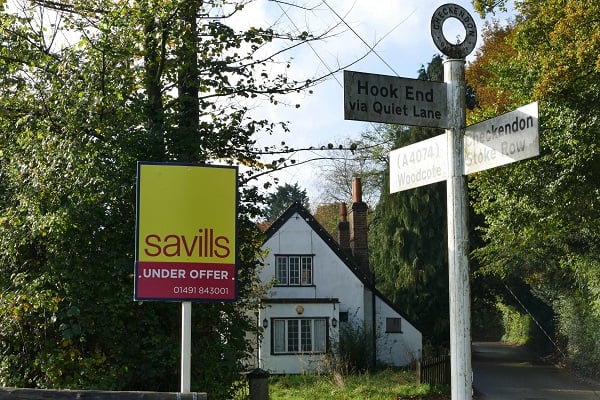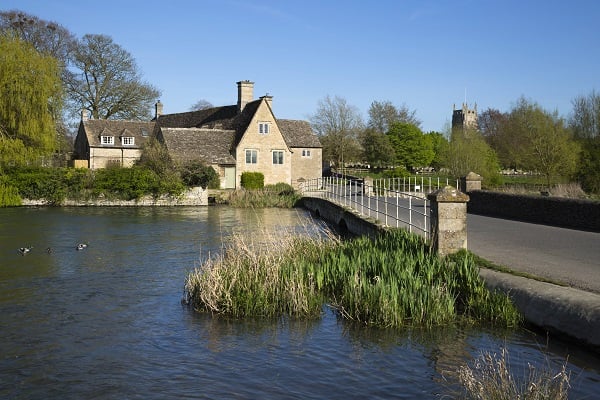Despite predictions of a summer property slump, the average price of property coming to market hit a sixth consecutive high in July 2022, reaching £369,968, according to Rightmove’s House Price Index.
Amid that growth, how will the rest of 2022 playout for the housing market? Will the much-discussed post-summer slump actually take place, or will the back-to-school year see a drive to buy and prices continue to rise?
To help buyers and investors navigate another tricky year in property, I’ve reviewed LRG customer trends to review what we are likely to see over the rest of 2022.
Read more property news:
Here’s the reaction from the property industry to Liz Truss becoming new Prime Minister
How rich is the new British Prime Minister Liz Truss?
Housing market trends we expect to see for the rest of 2022
We won’t see a house prices fall dramatically …
Fears around a ‘burst bubble’ or a radical drop in house prices are unlikely. We aren’t seeing a significant drop off in buyer interest and despite higher mortgage rates, demand remains steady.
In fact, Zoopla’s House Price Index July 2021 figures show that property demand still remains 25% above average over the last five years, on par with year-on-year figures.
Following the stamp duty-led home-moving frenzy of 2021, there’s still a striking mismatch between the supply and demand of properties, with housing stock at a particular low. As Halifax has noted, the ongoing supply-demand imbalance led property prices to rising year on year in June by 13%, the highest since late 2004.
…But growth will remain static
Although we won’t see rapid rises or huge slumps in pricing in the remainder of 2022 we do see the signs of a levelling off of housing prices.
Given the Bank of England interest rate hikes, higher mortgage rates and the cost-of-living crisis impact on home buyers, house price growth looks to remain relatively static for the remainder of the year, with the cost-of-living crisis likely to impact the number of homes being sold. We expect slower growth, but no significant fall over the medium or long term.
We’ll see a rush to mortgages
Mortgage interest rates have been rising quickly in 2022 off the back of five increases to the Bank of England base rate. This summer’s further interest rate increase to 1.75% − the sharpest for more than a quarter of a century means mortgage lenders will once again increase their rates.
When interest rates change, it always creates a flurry of new applications, leading to a backlog that can take weeks to clear. We expect to see people who are looking to buy or those looking to re-mortgage in the next six months trying to secure a mortgage rate as soon as possible to avoid further rate increases this year.
Those not on fixed mortgages are expected to be hit hardest; traders are forecasting that interest rates will peak closer to 3% in the early part of 2023, implying at least two more 0.5% increases by the end of 2022.
Enhancing this further, the Bank of England’s decision to scrap the mortgage affordability test will help many people who were previously restricted on their lending and see more come to market. However, this is unlike to lead to a rush to market as mortgage borrowing will still be dictated by the buyer’s deposit and cap that lenders will have on the number of mortgages that they can lend to above 4.5x income.
The North West will flourish
Despite a general cooling, LRG is continuing to see house price inflation in the North West and we expect to see continued housing price growth in the region for the rest of the year.
The North West of England is an area that has a particular supply and demand imbalance, with Liverpool and Manchester two of the leading cities for property demand – causing a rise in value. Outside the major cities, demand for properties in Warrington in particular has seen growth of up to 70% above the five-year average while Oldham follows at 65% and Preston at 60%.
As Rightmove data for July 2022 shows, the region is seeing an 11.2% YoY house price increase from July 2021, along with a 0.8% increase month on month from June. That’s compared to a 0% growth in the South East and -a 2.9% decrease in Wales.






Leave a Comment